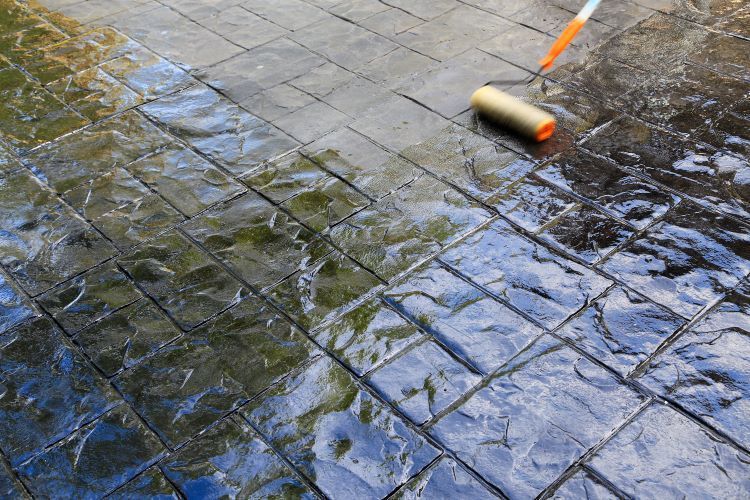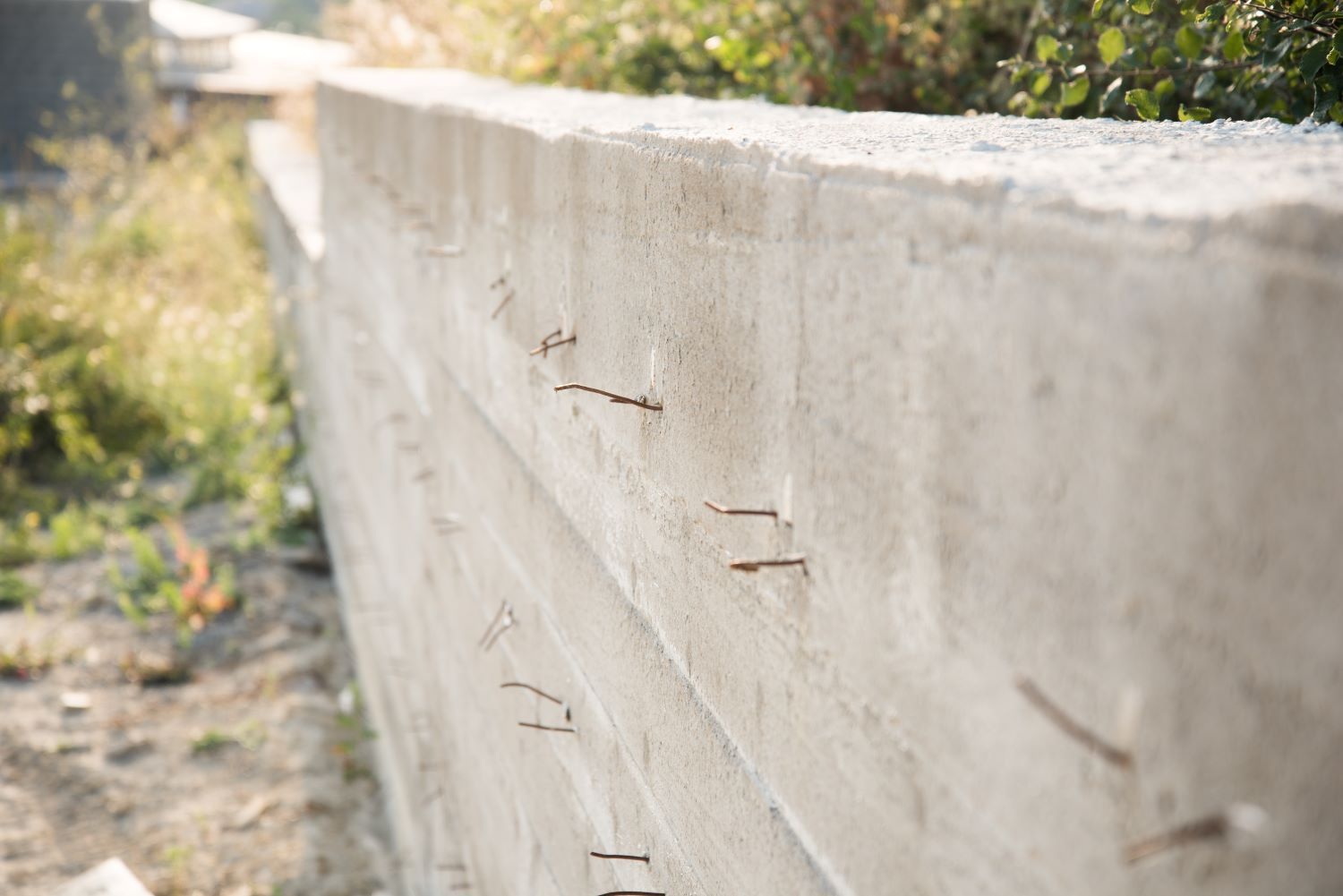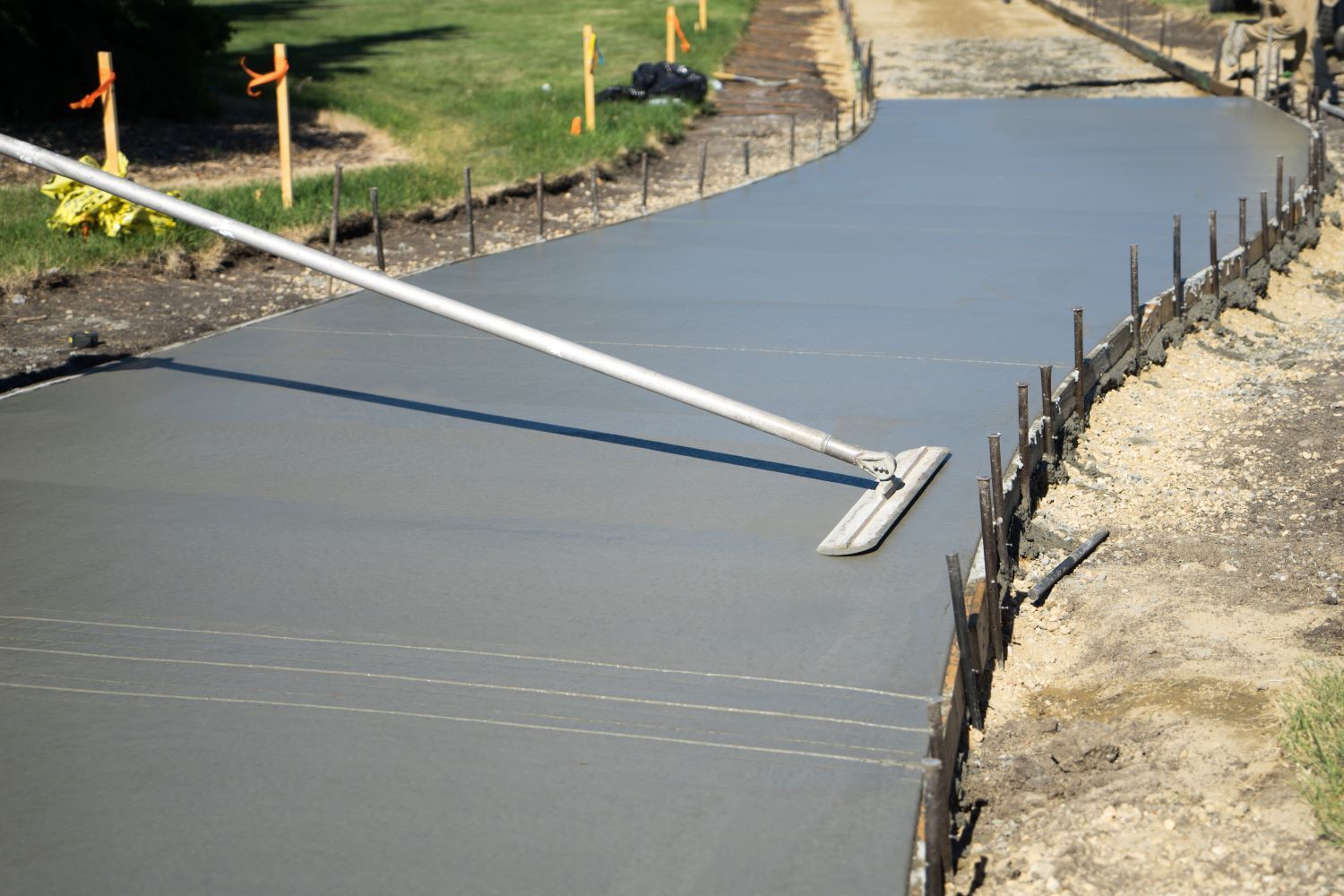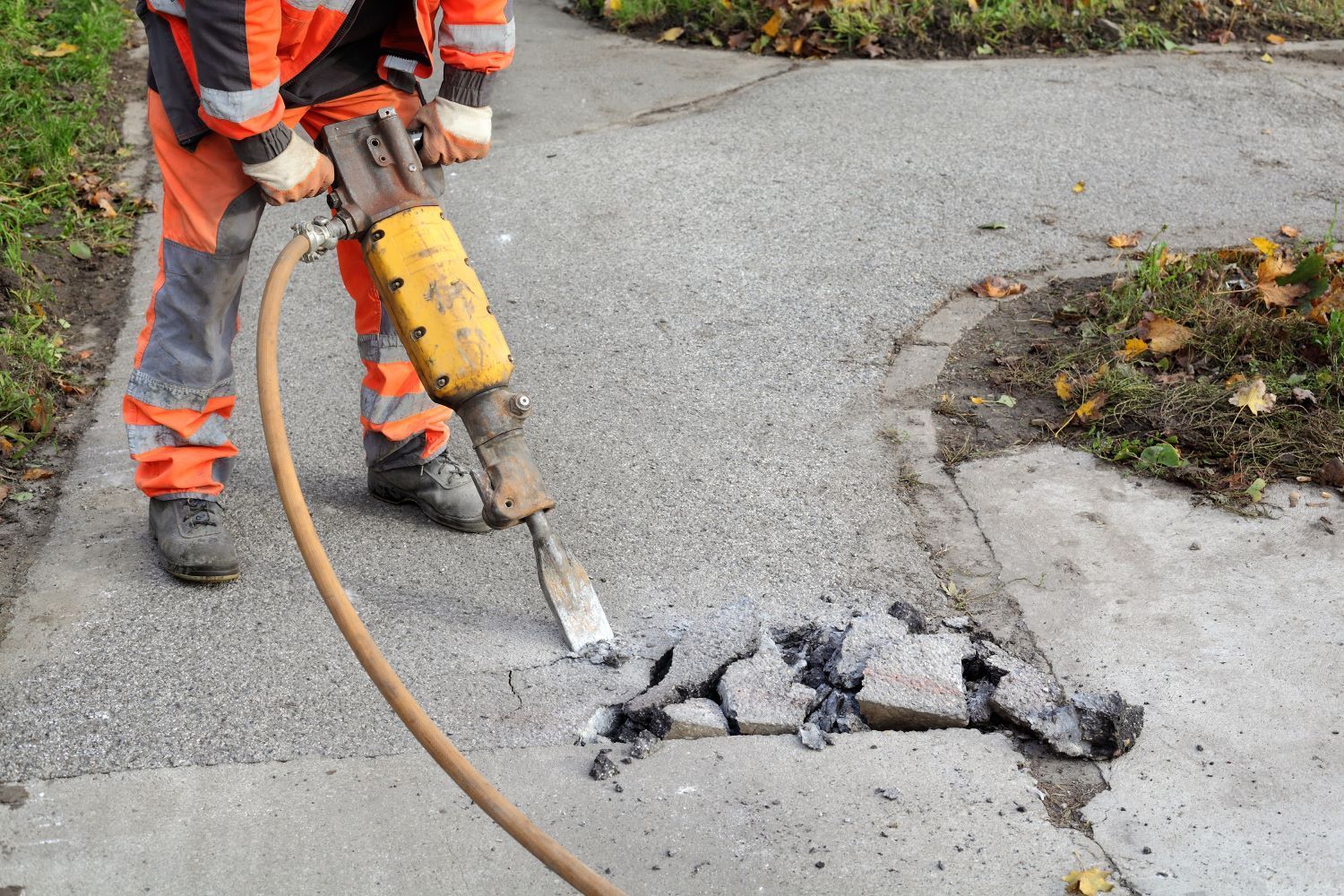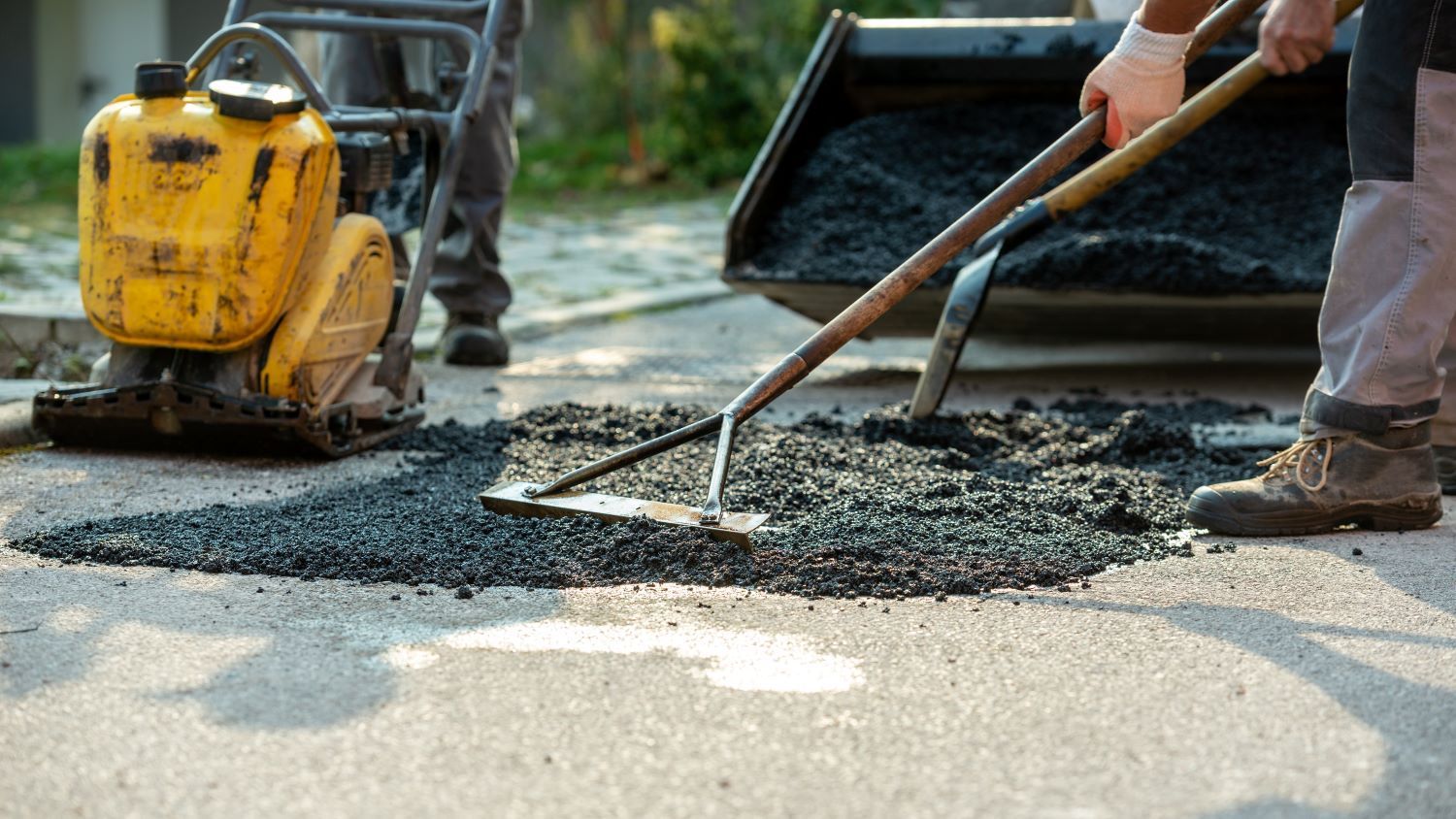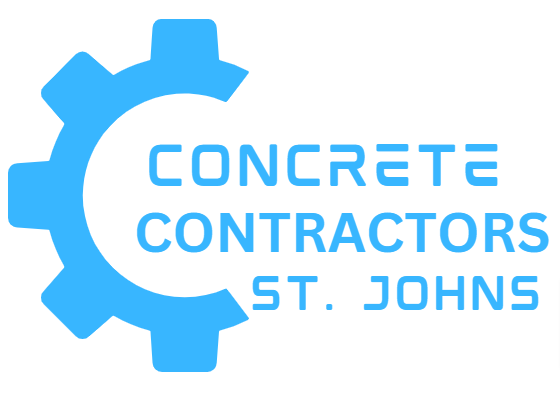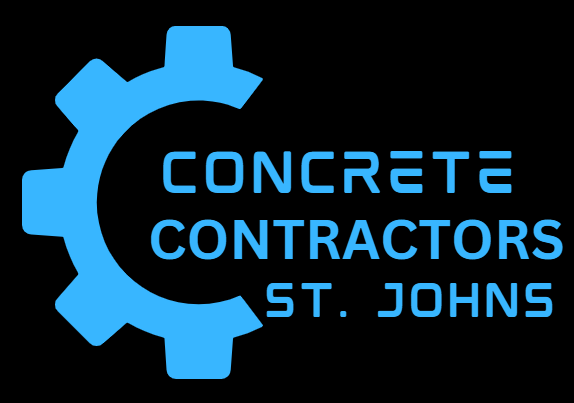Understanding the Concrete Pouring Process: Step-by-Step

When it comes to building strong, long-lasting surfaces—whether it's a driveway, patio, sidewalk, or foundation—getting the concrete pouring process right is critical. At Concrete Contractor St. Johns, we believe that a well-informed client is a confident client. That’s why we’re walking you through the step-by-step concrete pouring process so you can understand what goes into a successful concrete project in St. John’s, Newfoundland.
Step 1: Planning and Site Preparation
Every great concrete job starts with a detailed plan. This includes assessing the site, obtaining any necessary permits, and confirming the correct concrete mix for the project. Once the design is finalized, we:
- Clear debris and vegetation
- Excavate the area to the required depth
- Set up proper drainage solutions
- Compact the soil and add a gravel base for stability
Step 2: Building the Formwork
Formwork acts like a mold that shapes the concrete until it hardens. We use wood or metal forms to outline the area and support the wet concrete during the pour. These forms are carefully leveled and braced to prevent shifting or bulging.
Step 3: Placing Reinforcement (if needed)
For projects that require additional strength—such as driveways or commercial slabs—steel rebar or wire mesh is added to reinforce the concrete. This helps control cracking and increases the structural integrity of the slab.
Step 4: Mixing and Pouring the Concrete
Using either ready-mix concrete from a local supplier or mixing it on-site, we pour the concrete into the forms starting from one end and working to the other. This step must be completed quickly to prevent premature setting, especially in St. John's where coastal weather can change rapidly.
Step 5: Spreading and Screeding
Once poured, we use tools like rakes and shovels to spread the concrete evenly. Then, a screed board (a long, straight edge) is used to level the surface and remove excess concrete. This creates a smooth, even surface ready for finishing.
Step 6: Floating and Finishing
After screeding, we float the concrete to smooth out surface imperfections and bring up the cream (the fine material). Finishing touches may include:
- Broom finish for traction on walkways
- Trowel finish for a smooth, polished look
- Stamped finish for decorative projects like patios
Step 7: Curing the Concrete
Curing is one of the most important steps and often the most overlooked. Proper curing helps the concrete gain strength and prevents cracking. We apply curing compounds or use water curing methods to keep the surface moist for at least 7 days, depending on the weather.
Step 8: Removing the Forms and Clean-Up
Once the concrete has hardened enough, we carefully remove the forms. The edges may be cleaned or finished as needed, and we clean up the site to leave your property looking neat and professional.
Why Choose Concrete Contractor St. Johns?
We bring years of experience, local knowledge, and a commitment to quality to every concrete project in St. John’s and the surrounding areas. Whether you’re building a new concrete driveway or pouring a foundation, our team ensures every step is done right.
Ready to start your concrete project?
Contact
Concrete Contractor St. Johns today for a free consultation and estimate!
